SZYMBARK – THE GROBLEWSKI MANOR, IGIPZ PAN
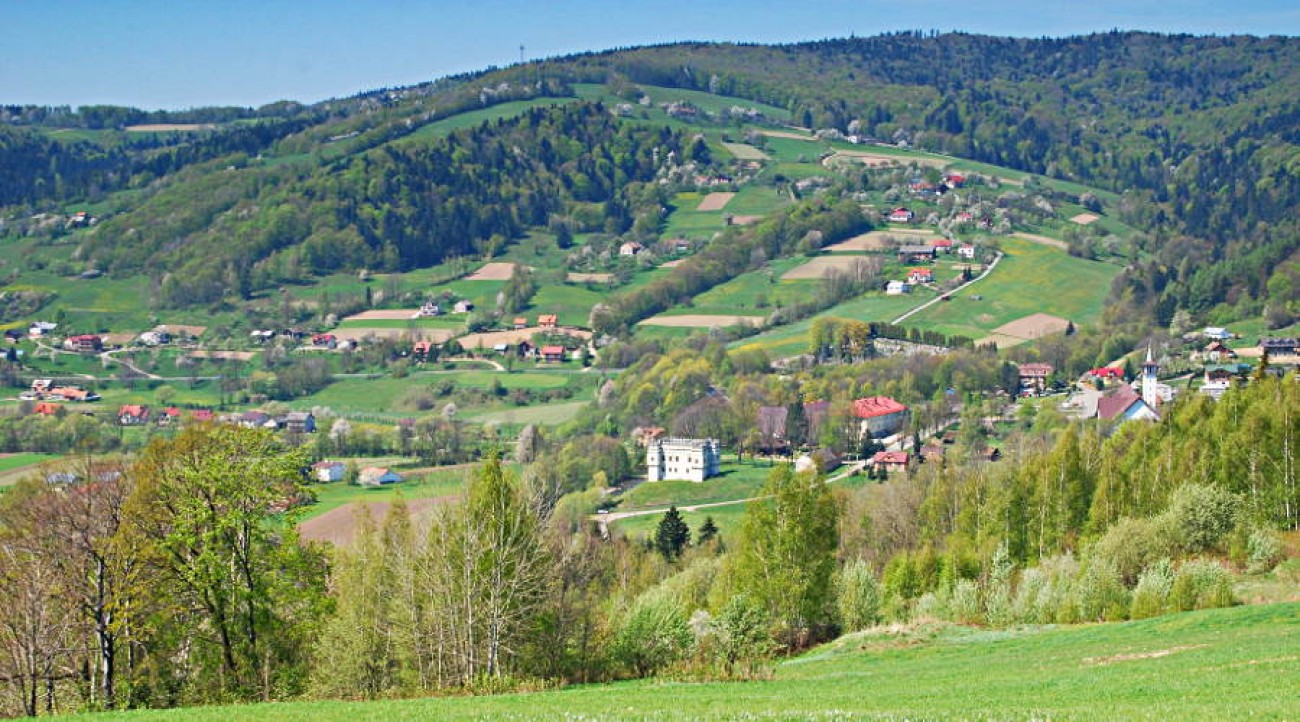
A picturesque town with a mild climate, situated on the Ropa river, near the road connecting Nowy Sącz and Krosno, 6 kilometres from Gorlice, surrounded by the hills of the Lower Beskids.
THE GROBLEWSKI MANOR, IGIPZ PAN (Research Station of the Institute of Geography and Spatial Organisation of the Polish Academy of Sciences) – The IGiPZ PAN Research Station in Szymbark was established in 1965. In terms of research it constitutes a part of the IGiPZ PAN Department of Geoenvironmental Research in Cracow, and the main initiator of its foundation and research program was professor Leszek Starkel. After a thorough renovation, the Station became a research, didactics, conference, and leisure centre. The Station’s science program covers a wide range of research concerning current processes that model the natural environment of the Outer Carpathians. The Station’s research is conducted in cooperation with other research units, such as: the Institute of Geography of the Jagiellonian University, the Institute of Botany of the Jagiellonian University, the Agricultural University of Cracow, the Polish Academy of Sciences’ Department of Mountain Grounds Management, the Polish Academy of Sciences’ Institute of Hydraulic Engineering in Gdańsk, the National Geology Institute, department in Cracow. The station is also in international cooperation with CNR Italy (Turin, Padua).

Szymbark is a town of rich history. From the middle of the 14th century Szymbark served as the defensive residence of house Gładysz, Gryf coat of arms, around which a burgh developed, and later on a city. In the 16th century a fortified manor was erected in Szymbark and has remained until modern times. During the first world war Szymbark was at the foreground of the battlefront, which is evidenced by military cemeteries that still exist today.
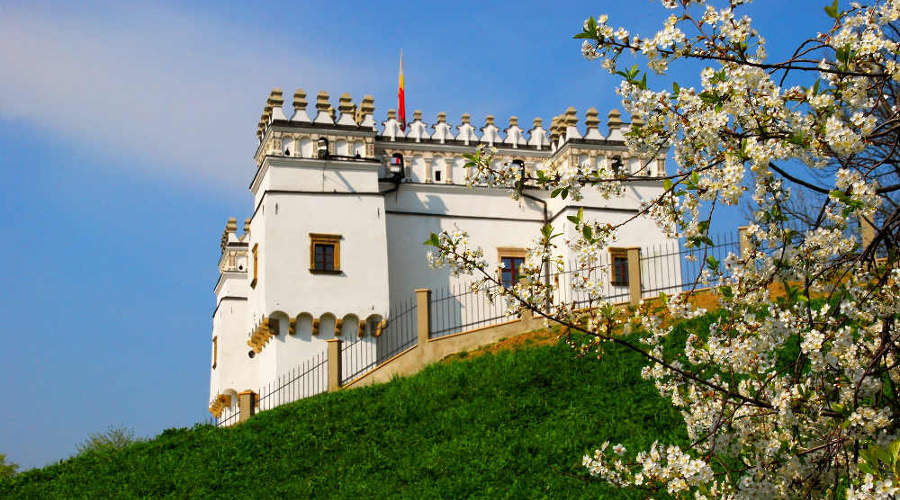 Szymbark’s most valuable monument is the castle situated on the bank of the Ropa river – the house Gładysz fortified manor: a Renaissance-style building that was originally constructed as late-Gothic. The castle served a representative, residential, and defensive purpose. Original elements of décor have survived to this day.
Szymbark’s most valuable monument is the castle situated on the bank of the Ropa river – the house Gładysz fortified manor: a Renaissance-style building that was originally constructed as late-Gothic. The castle served a representative, residential, and defensive purpose. Original elements of décor have survived to this day.
The landmark, along with the buildings that surround it, constitutes the currently restored branch of the Karwacjan and Gładysz Manors Museum. The branch is a jewel of Polish Renaissance architecture and serves as a modern conference and exhibition centre. It is the birthplace of the International Forum of Central-Eastern European Culture, which promotes Lesser Poland and the culture of other countries: Slovakia, the Czech Republic, Ukraine, Hungary, Romania, Austria, Germany, Russia, and the Baltic States. It goal is also to present the multicultural traditions of Gorlice and the surrounding lands, which had been inhabited by Polish, Jewish, and Lemko communities until the end of the Second World War.
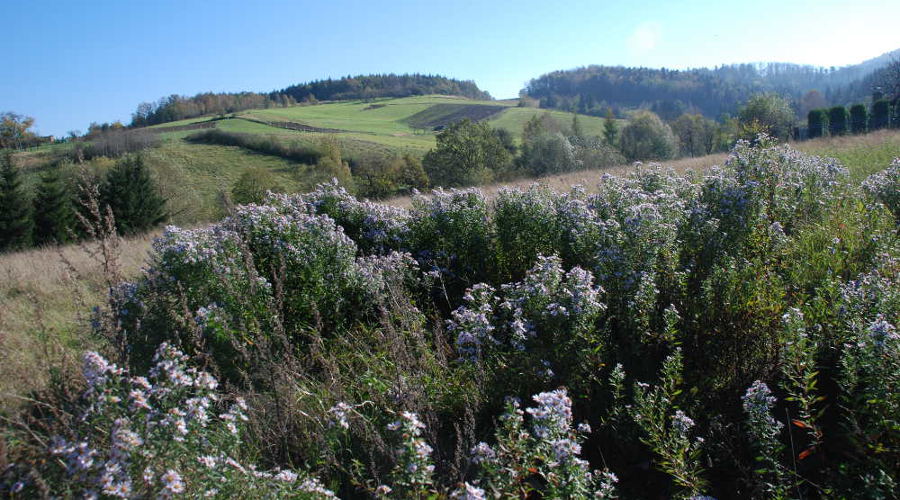 The area adjacent to the castle holds an open-air museum of folk architecture, where structures from the Gorlice region are exhibited. The interiors are fitted with original equipment from the late 19th century, early 20th century, and the interwar period. Displays of traditional crafts and rural activities are organised here.
The area adjacent to the castle holds an open-air museum of folk architecture, where structures from the Gorlice region are exhibited. The interiors are fitted with original equipment from the late 19th century, early 20th century, and the interwar period. Displays of traditional crafts and rural activities are organised here.
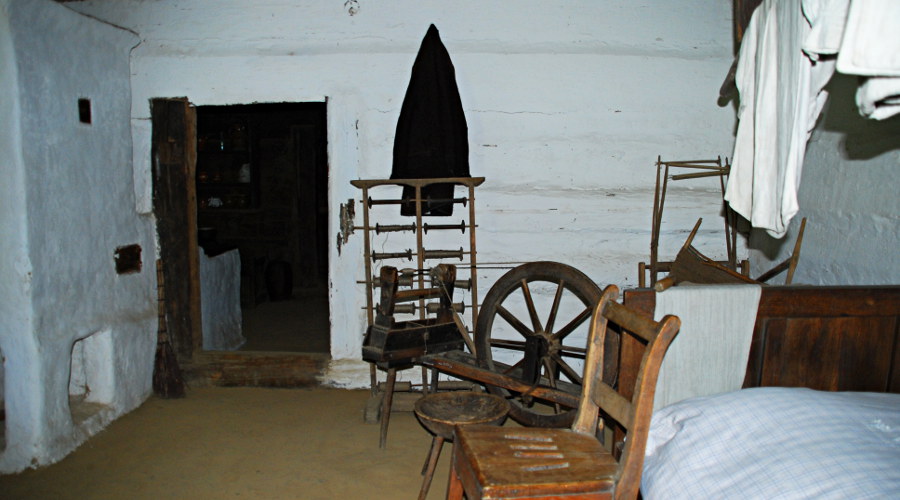 There is a late-18th century wooden church in the centre of Szymbark, and next to it – a stone belfry. What is also noteworthy is the new, architecturally interesting Roman Catholic church, as well as the cemetery, where one can see 19th-century gravestones. The Greek orthodox church in the hamlet of Wólka is worth visitingą.
There is a late-18th century wooden church in the centre of Szymbark, and next to it – a stone belfry. What is also noteworthy is the new, architecturally interesting Roman Catholic church, as well as the cemetery, where one can see 19th-century gravestones. The Greek orthodox church in the hamlet of Wólka is worth visitingą.
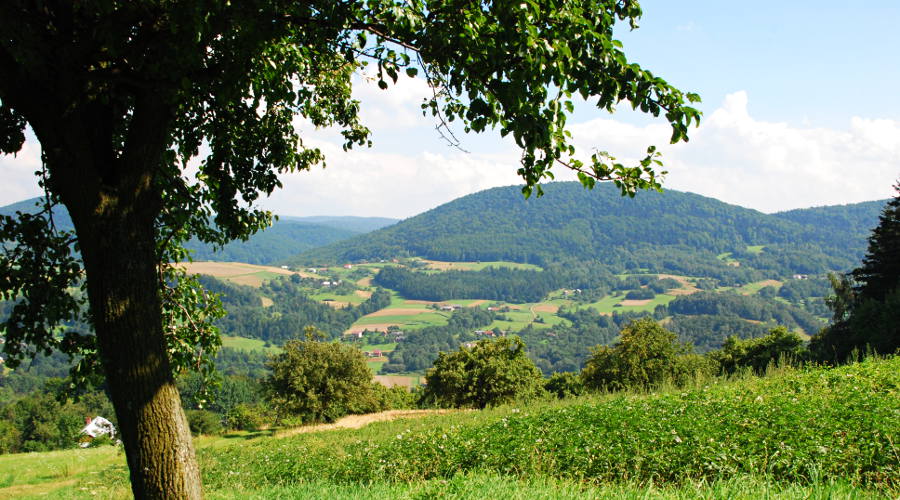
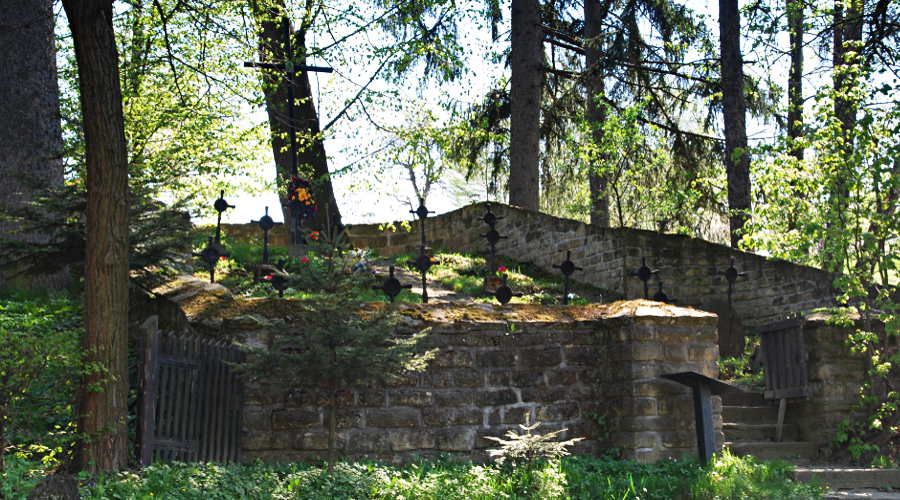
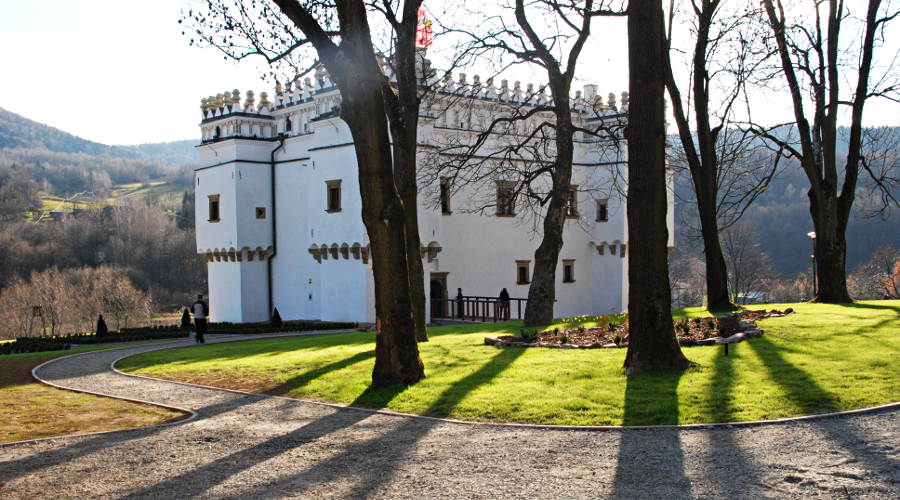 sources:
sources:
www.szymbark.info
www.muzeum.gorlice.pl
www.igipz.pan.pl



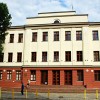

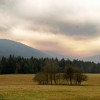
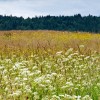
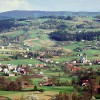
FIND US